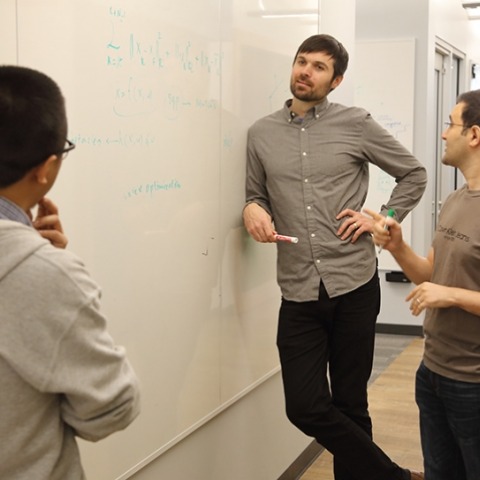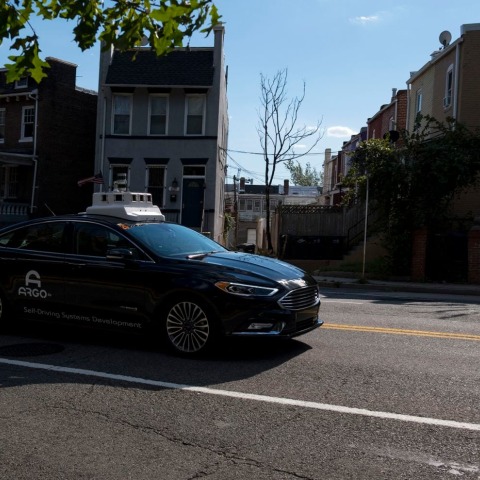Researchers aim to put 'safety-critical,' 'wireless' and 'autonomous vehicles' in same sentence
Tracking Moving Targets in a Dynamic Environment
Currently, engineers have relatively sound techniques to predict the performance of wireless networks when they are stationary. These methods fail when the network nodes are moving. For instance, vehicles passing a tractor-trailer with a large reflective surface can generate multipath interference that can cancel out the communications signal. In circumstances like this, following vehicles have no way of determining the best response to recover that signal and preserve their safety.
“There is a good reason we don’t ordinarily put the words safety-critical and wireless together,” Fleming said.
Fleming, Feng and Whitehouse are following an interlocking three-part approach. First, Whitehouse is using the standard array of sensors that autonomous vehicles use to orient themselves in the environment to generate a constantly evolving model of the vehicles’ physical surroundings.


